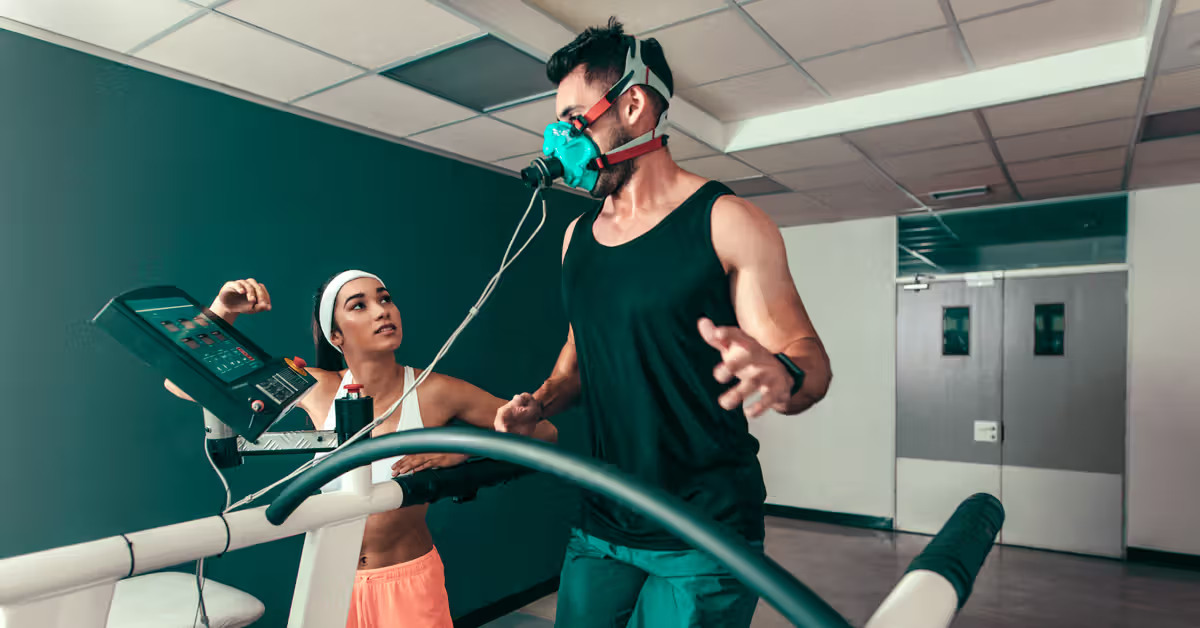Indirect Calorimetry Testing in Animal Research
In the realm of clinical and healthcare testing, particularly within the domain of nutrition and metabolism research, indirect calorimetry stands as a cornerstone method for assessing energy expenditure. This technique allows researchers to measure heat production (metabolism) and carbon dioxide output in animals without the need for direct caloric intake measurement. This approach is invaluable for understanding how different dietary components influence metabolic rates.
The primary principle behind indirect calorimetry involves quantifying oxygen consumption and carbon dioxide production, which are then used to estimate energy expenditure using standardized formulas (e.g., ISO 12891). This method is particularly useful in animal research as it minimizes stress on the subjects and provides a non-invasive means of monitoring metabolic processes over extended periods.
The application of indirect calorimetry extends beyond mere measurement; it plays a critical role in validating dietary interventions, assessing the efficacy of new drugs or supplements, and understanding physiological responses to different environmental conditions. This service is indispensable for pharmaceutical companies, academic institutions, and government agencies that seek robust evidence supporting their research findings.
Our laboratory employs state-of-the-art calorimeters designed specifically for small animal studies, ensuring precision and reliability in every test conducted. With a team of experts well-versed in both the technical aspects and the biological implications of indirect calorimetry, we provide comprehensive services tailored to meet your specific requirements.
Scope and Methodology
| Type of Animals | Mice, rats, hamsters, and other small mammals |
|---|---|
| Test Duration | Short-term (days) to long-term (months) |
| Measurement Parameters | Oxygen consumption, carbon dioxide production, respiratory quotient |
| Data Collection Frequency | Every 15 minutes or as required by the study design |
| Reporting Format | Detailed reports with graphs and statistical analysis |
The testing process begins with careful preparation of the experimental setup. Animals are housed in calorimetric chambers that ensure minimal interference from external factors such as ambient temperature fluctuations or noise. Specimen collection involves placing individual animals into these chambers for a specified period, during which metabolic data is continuously recorded.
Once data collection is complete, it undergoes rigorous analysis to derive meaningful insights. Our laboratory uses advanced software solutions to process the raw data, ensuring accurate interpretation and presentation of results. The final report includes not only raw measurements but also calculated metrics like energy expenditure rates and body temperature variations over time.
International Acceptance and Recognition
The technique of indirect calorimetry enjoys widespread recognition across the globe, with numerous international standards providing guidelines for its implementation. For instance, ISO 12891:2015 specifies procedures for measuring energy expenditure in small animals using indirect calorimetry. This standard ensures uniformity and consistency in test protocols worldwide, facilitating collaboration among researchers from different regions.
Our laboratory adheres strictly to these standards, ensuring that all tests conducted meet the highest international benchmarks. By doing so, we not only enhance the credibility of our findings but also contribute to the advancement of scientific knowledge in nutrition and metabolism research.
Environmental and Sustainability Contributions
- Reduces stress on animals by minimizing direct intervention during testing
- Contributes to efficient resource utilization through precise measurement techniques
- Promotes the development of more effective dietary interventions with minimal environmental impact
- Supports sustainable research practices by generating actionable insights that can lead to improved health outcomes without unnecessary experimentation
The use of indirect calorimetry aligns perfectly with contemporary efforts towards sustainability in scientific research. By optimizing resource use and reducing the number of animals required for studies, this methodology significantly contributes to more ethical and environmentally responsible practices.





